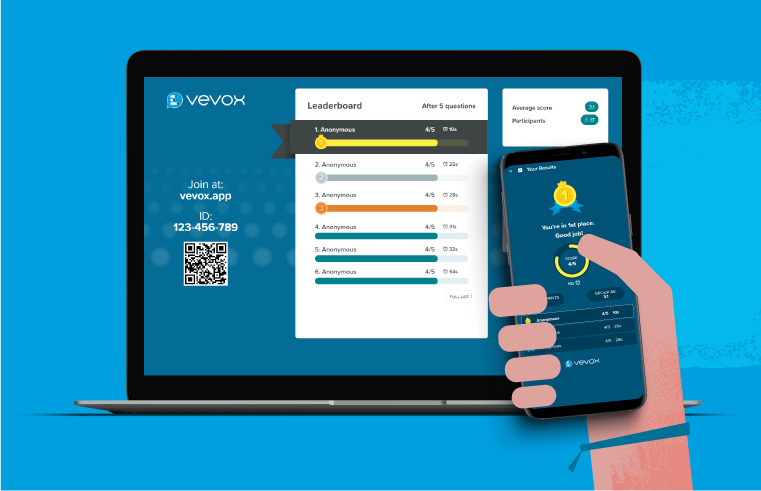Back in the early 20th century, the US Army produced a method of determining a recruit’s intelligence. It was called the multiple choice question system. Everyone was quick to embrace the idea and it quickly became the standard approach, used in businesses and within educational institutions all over the world.
Yet with the development of the internet and other new digital technologies that have opened up to us in recent years, there has been a shift in ideas… So today we ask the key question: – is there still a place for the multiple choice question in the modern world?
The argument against
The argument against multiple choice derives from the drift towards techniques known as constructivist practices. These aim to encourage students to draw more heavily on their own knowledge resources as a complement to working collaboratively with other students and the standard learning approaches currently used in the classroom. Proponents of this idea argue that multiple choice questions rely on the expertise of the teacher creating them and can suffer from teacher bias, or create confusion as a result of subtle differences in wording.
However, one study by Wray 2012 showed that there is a clear benefit in terms of what the student recalls when multiple choice questions are employed. The study gave students two essays to read. One half had multiple choice questions to answer. The others had to write a short answer on the topic. Later, they all took an exam which featured new questions. The findings showed that the group who followed the essay with multiple choice questions performed better than the group which did not.
Blending with technology
So, it seems that multiple choice lives on. But now its fans are advocating blending it with technology in order to achieve even better results. Vevox, the smart student response system, is an example of how this is being done. Based on the idea of clickers, it allows students to take part from any device and enter a virtual room where the questions are projected for them to answer in real-time.
One of the biggest benefits here is that students can participate in the class without adhering to the old-fashioned idea of raising their hand and being picked by the teacher to answer. Invariably, this led to some children missing out for fear looking silly or even worse, stupid, for not understanding the lesson. All students take part through a computer, tablet or smartphone. There is also an option to answer the questions anonymously, eliminating any worry they may about being embarrassed in front of their peers as a result of getting something wrong.
There are also options provided that allow students to work at the pace of the teacher, responding to all the questions quickly and efficiently. Answers can then be collected and handed back out to the class in the form of a bar chart to illustrate the different results. This then leads to classroom discussion and typically results in pupils learning more by listening to the views of their peers.
Finally, working this way enables rapid feedback to be provided, either during the quiz or at the end of it. This means that points can be raised while the topic is fresh, rather than everyone involved having to wait days for the results and then even longer until the class is together again. This way, any incorrect answers can be addressed before misunderstandings become too entrenched in the mind.
So it seems that the multiple choice concept a) Has been updated b) Helps monitor students’ understanding c) Enables teachers to nip confusion in the bud. Tick all three if you wish!




.png)
